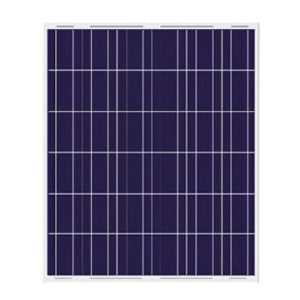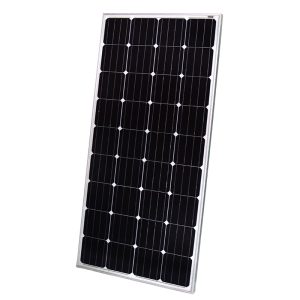Are you considering installing a solar power system for your home but unsure about the performance and value of a 3.2 kW setup? As a homeowner, investing in solar energy can significantly reduce your electricity costs and carbon footprint. In this comprehensive guide, we’ll dive deep into the world of 3.2 kW solar systems, exploring their components, performance factors, and potential benefits. By the end, you’ll have a clear understanding of whether a 3.2 kW solar system is the right choice for your home.
Understanding the Basics of a 3.2 kW Solar System
A 3.2 kW solar system typically consists of 8 to 10 solar panels, depending on the wattage of the individual panels. These systems are designed to generate approximately 3,200 watts of power under optimal conditions, making them suitable for small to medium-sized households with moderate energy consumption.
When compared to other common residential solar system sizes, such as 5 kW or 10 kW, a 3.2 kW system offers a more compact and affordable option. However, it’s crucial to assess your specific energy needs and available roof space to determine if a 3.2 kW system is the right fit for your home.
Key Components of a 3.2 kW Solar System
A complete 3.2 kW solar system includes the following main components:
- Solar Panels: High-efficiency monocrystalline or polycrystalline solar panels that convert sunlight into electricity. A 3.2 kW system typically requires 8 to 10 panels, depending on their wattage.
- Inverter: A device that converts the direct current (DC) electricity generated by the solar panels into alternating current (AC) electricity, which is used by household appliances. Common inverter options for a 3.2 kW system include string inverters and microinverters.
- Mounting Hardware: The racking system that securely attaches the solar panels to your roof or ground-mounted structure. This includes rails, clamps, and bolts.
- Wiring and Connectors: The electrical components that connect the solar panels to the inverter and your home’s electrical system, ensuring safe and efficient power transmission.
Factors Affecting Solar System Performance
Several key factors influence the performance of a 3.2 kW solar system:
- Solar Panel Efficiency and Quality: Higher-efficiency panels can generate more power in a smaller area, while high-quality panels ensure reliable performance over the system’s lifespan.
- Inverter Type and Configuration: Choosing the right inverter, such as a hybrid inverter that enables both off-grid and grid-tied functionality, can optimize system performance.
- Environmental Conditions: Temperature, irradiance, and shading can significantly impact solar panel output. Proper system design and installation are crucial to minimizing the effects of these factors.
- System Losses: Various factors, such as wiring resistance and panel soiling, can lead to system losses. It’s important to account for these losses when estimating the actual output of a 3.2 kW system.
Estimating Energy Production and Savings
On average, a 3.2 kW solar system can generate approximately 4,500 kWh of electricity per year, depending on factors such as location, orientation, and shading. This translates to an estimated yearly savings of $300 to $900 on electricity bills, based on local energy prices and consumption patterns.
To maximize your savings, it’s essential to optimize your system for self-consumption, which means using the generated solar power directly in your home rather than exporting it to the grid. By aligning your energy consumption with peak solar production hours, you can significantly reduce your reliance on grid electricity and lower your utility bills.
Choosing the Right Installer and Equipment
When investing in a 3.2 kW solar system, it’s crucial to work with a reputable installer who can provide expert guidance on system design, component selection, and long-term maintenance. Look for installers with proven track records, positive customer reviews, and certifications from industry organizations.
Additionally, opt for high-quality equipment from trusted manufacturers to ensure optimal performance and longevity. Research solar panel and inverter brands, comparing their efficiency ratings, warranties, and customer support.
The Future of Residential Solar
As solar technology continues to advance and costs decline, the future of residential solar looks bright. Emerging trends, such as solar panel recycling and the integration of solar with home energy storage systems, are set to make solar power even more sustainable and cost-effective in the coming years.
By investing in a 3.2 kW solar system today, you can take advantage of current incentives and rebates while positioning yourself for the future of clean, renewable energy. As more homeowners embrace solar power, we can collectively work towards a greener, more sustainable future for generations to come.
Conclusion
A 3.2 kW solar system offers an attractive option for homeowners looking to reduce their energy costs and environmental impact without breaking the bank. By understanding the key components, performance factors, and potential savings associated with these systems, you can make an informed decision about whether a 3.2 kW setup is right for your home.
Remember to work with trusted installers, choose high-quality equipment, and optimize your system for self-consumption to maximize your solar investment. With the right approach, a 3.2 kW solar system can provide clean, reliable energy for your home while contributing to a more sustainable future.



